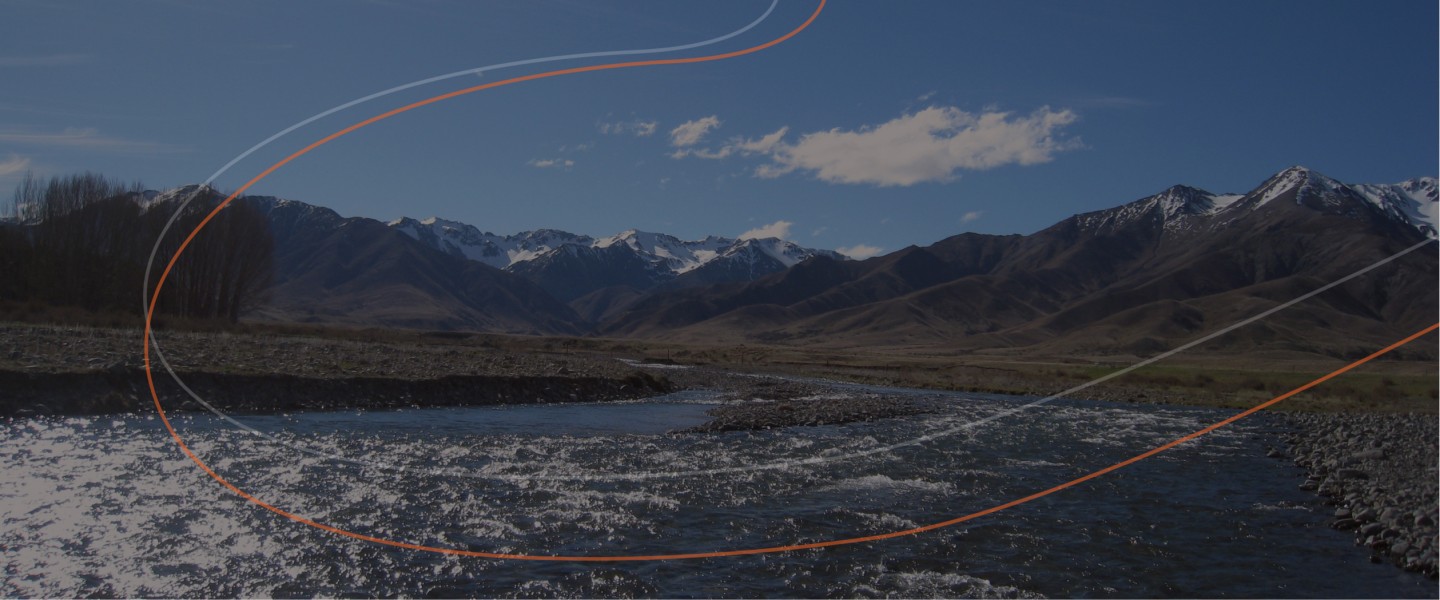There is no doubt that earthquakes have historically had a terrible impact on human populations – and the shocking damage to Christchurch and its citizens in 2011 is still very much in the minds of New Zealanders. But living in shaky Wellington, makes one regularly wonder what might be the potential long-term benefits of earthquakes for public health. So here are a few examples relating to urban design and building design, disaster preparedness, and increased use of stairs over lifts.
1) Post-earthquake rebuilds can allow for improved urban design and new energy efficient buildings. After earthquakes it may be possible to apply state-of-the-art urban design to make for more liveable and healthy towns and cities. Components include appropriate levels of green space, higher density housing, and design that facilitate active transport (walkways and cycleways for commuting). New energy efficient buildings can reduce the health hazard of cold indoor temperatures and reduce heating/cooling costs (and associated carbon emissions). Hopefully, these developments will all unfold in Christchurch – if citizens, local government, and national government work constructively together.
2) Routine stair use over lift use. Being trapped in lifts can occur with even relatively mild earthquakes – sometimes because power supplies get automatically flicked off at a local substation. Perhaps then (at least for places like Wellington), it may be worthwhile for people to consistently try to use stairs, especially for just one or two stories. This would also help address the country’s obesity epidemic and reduce burdens of cardiovascular disease, cancer and diabetes. Building owners and managers can do a lot to promote stair use over lift use, especially with signage for point-of-decision prompts (near lifts) to use stairs. This is a well-studied area with one systematic review covering 25 studies on this successful approach to stair promotion. This positive conclusion (including with a “strong evidence” rating), was reported in another systematic review of 16 studies. But due to insufficient studies, this latter review could not determine if enhancements to stairs or stairwells were effective in increasing stair use when combined with point-of-decision prompts. These enhancements included painting walls, laying carpet, adding artwork, and playing music.
Governments could even help here by making signage mandatory in buildings with lifts, to encourage use of stairs over lifts. Another plus of these interventions would be reduced electricity costs from operating lifts and the associated reduction in carbon emissions.
3) General disaster preparedness. Countries like New Zealand face many different disasters in addition to earthquakes – eg, volcanic events, floods, and severe storms (with climate change being likely to exacerbate the latter two). If the experience of mild earthquakes stimulates general disaster preparation, then that could be a significant plus. There is also probably a role for local and central government here – to make media statements at the time of mild earthquakes to remind people about such preparations. We have actually done some work in this area to identify optimal low-cost canned and dried foods for emergency storage in the NZ setting (full PDF available on request).
This brief list of potential benefits is probably far from complete. But it might well be worth further consideration – especially for those of us living in Canterbury and around the shaky centre of New Zealand.

